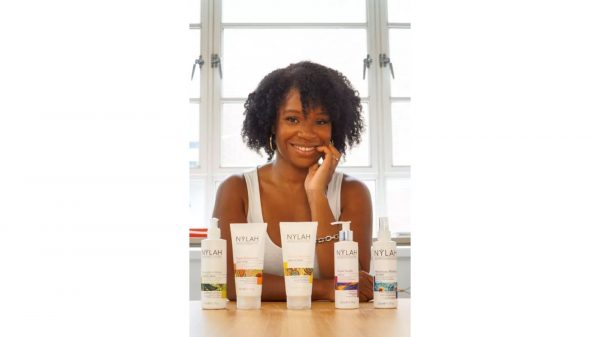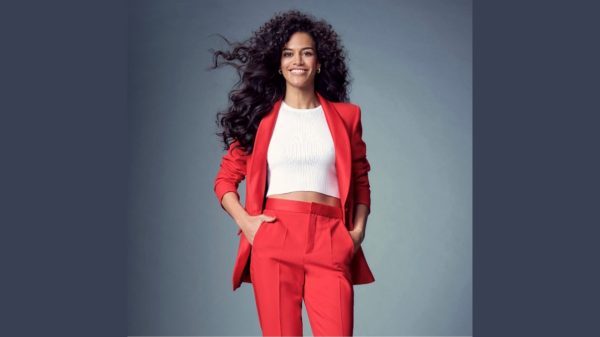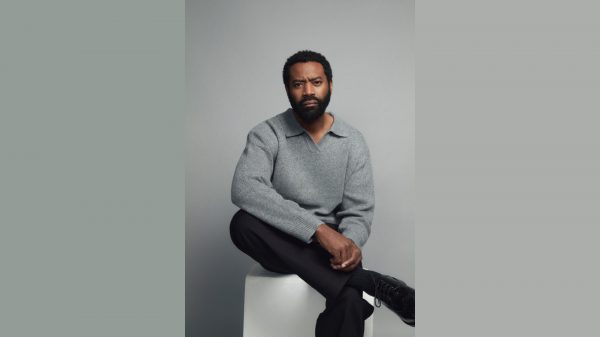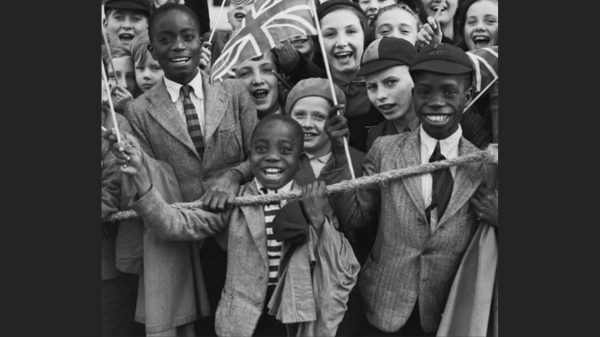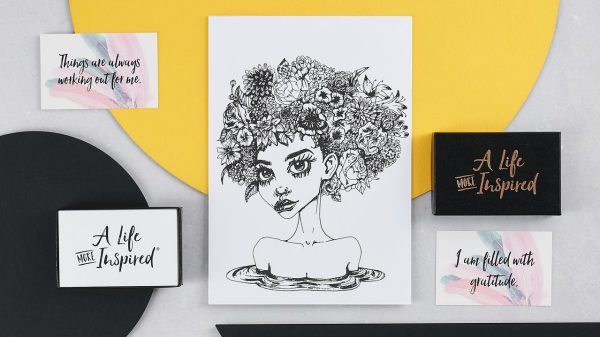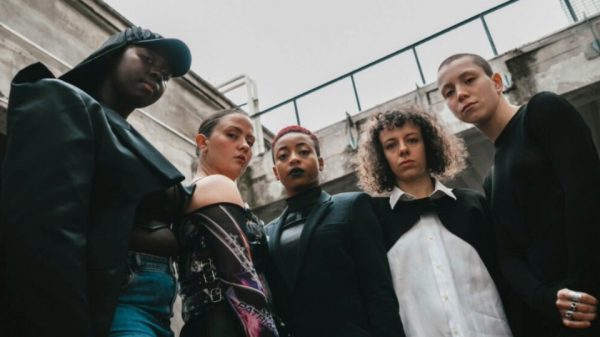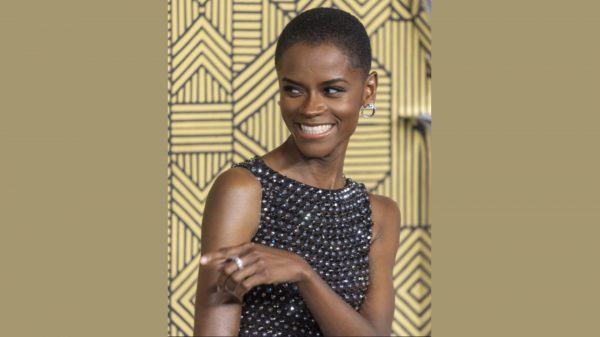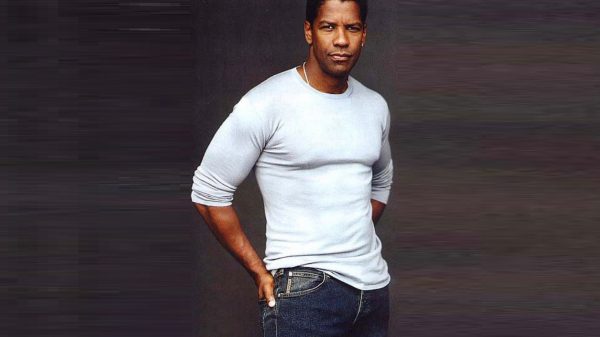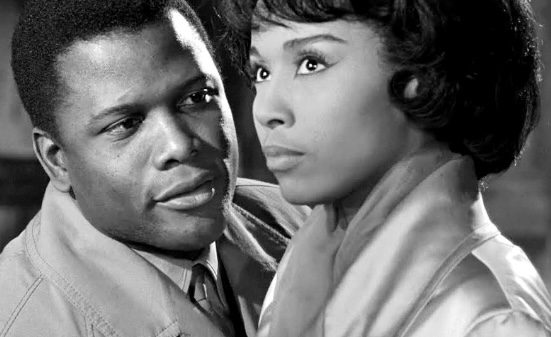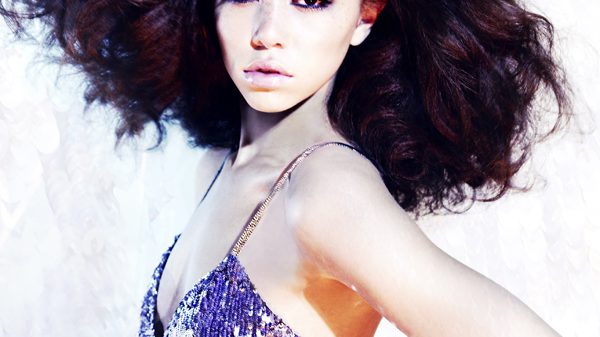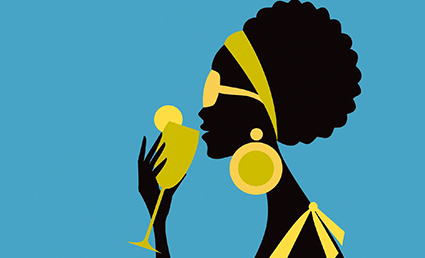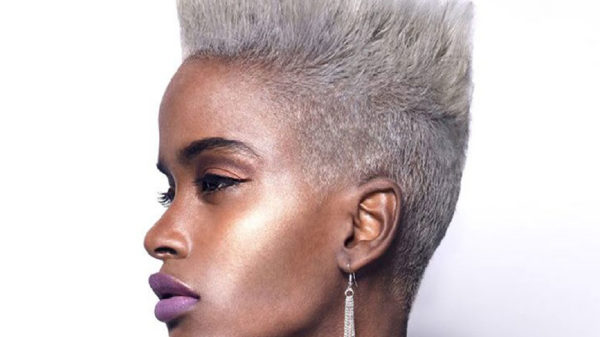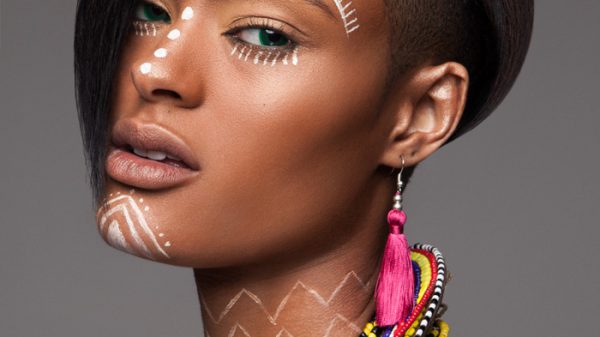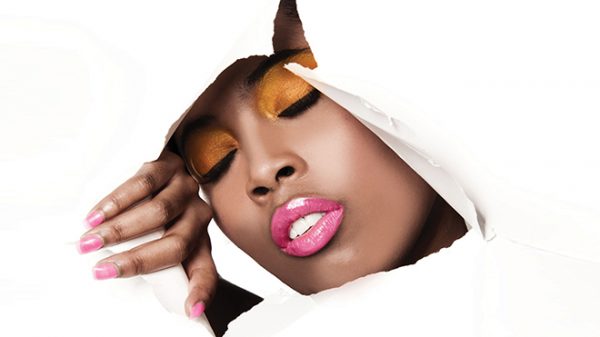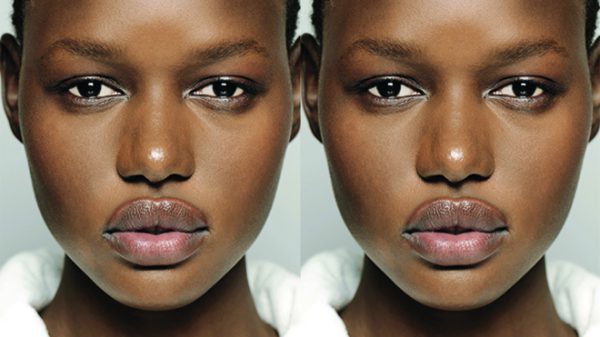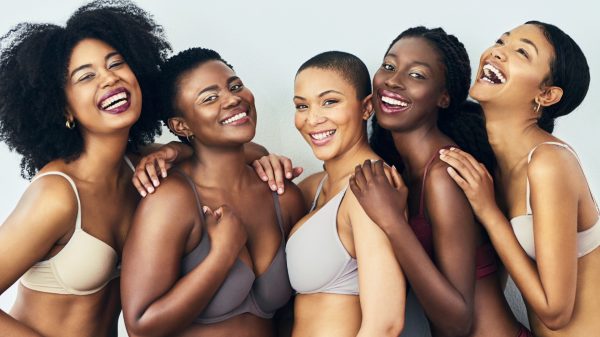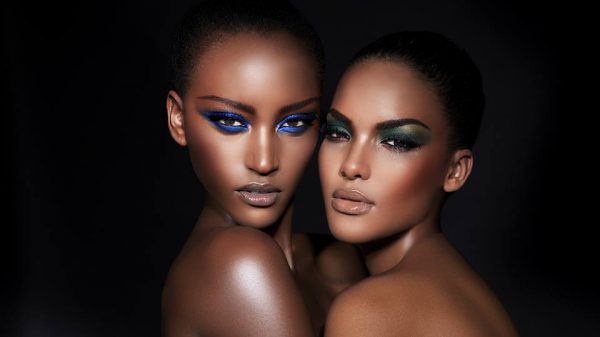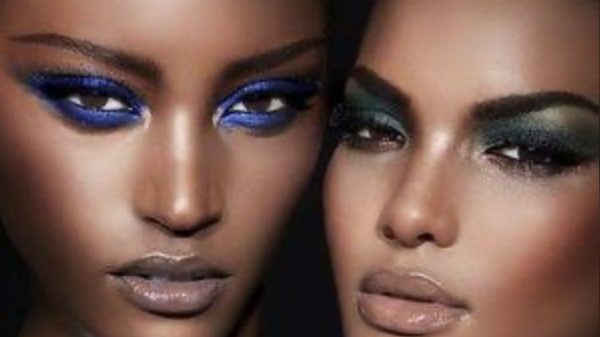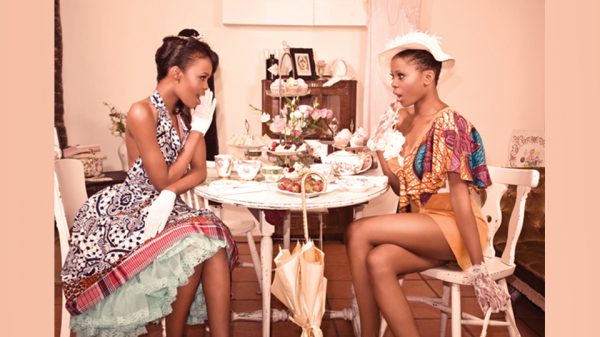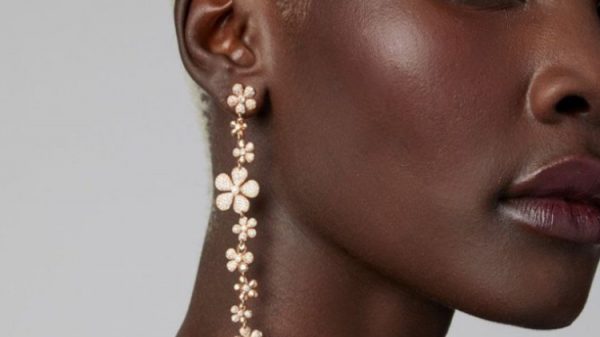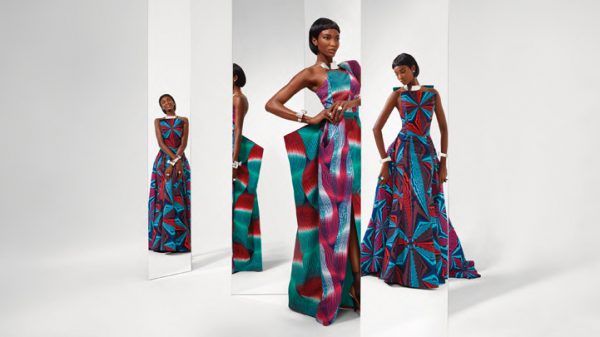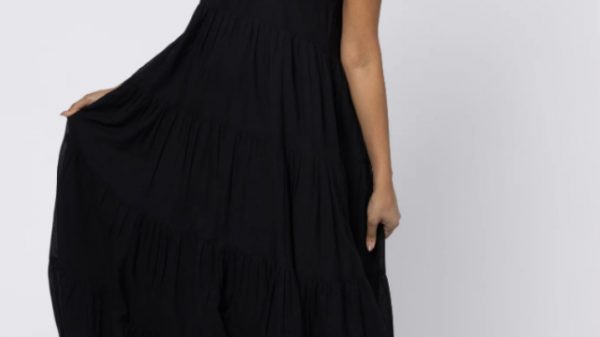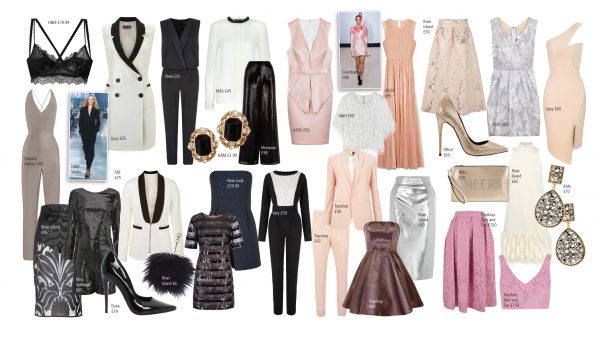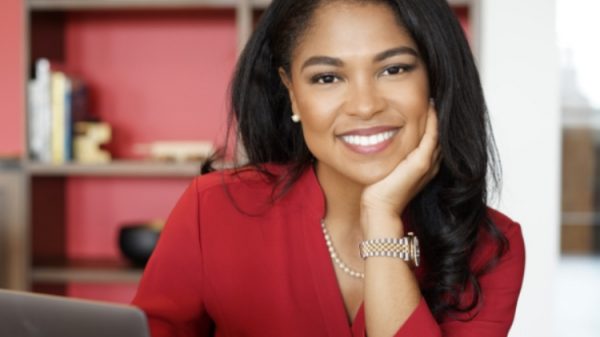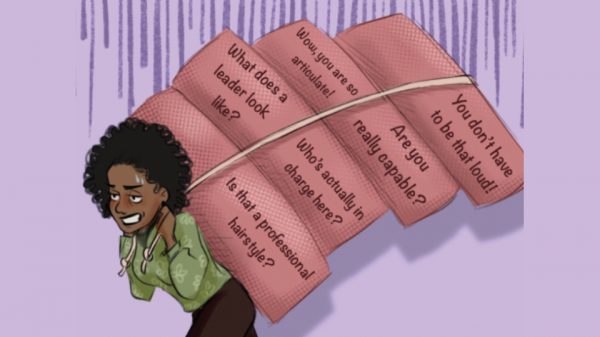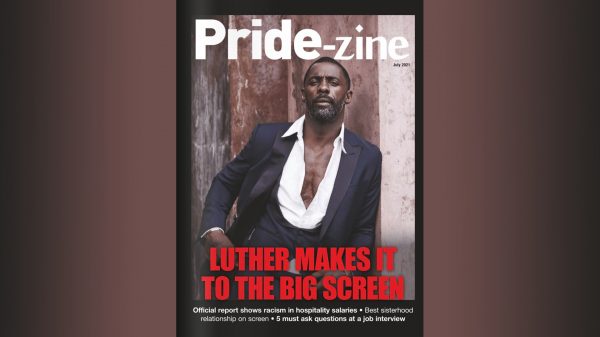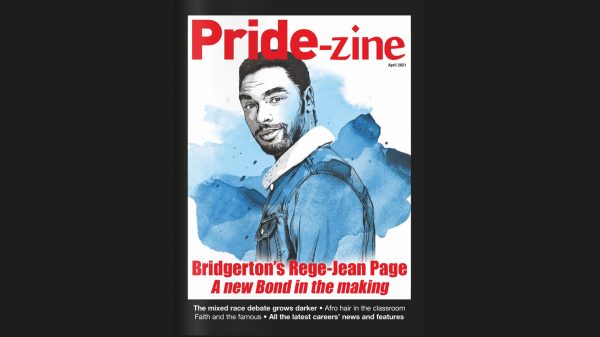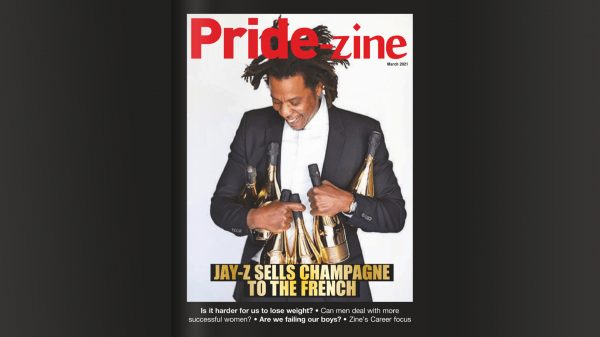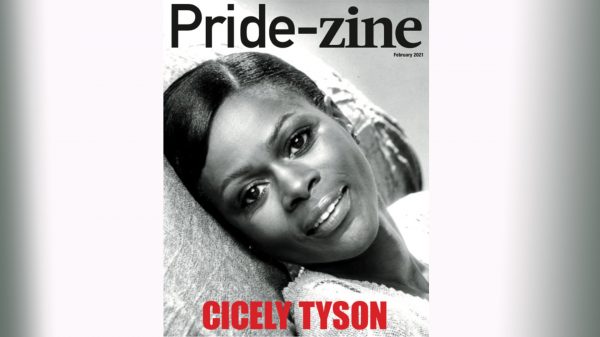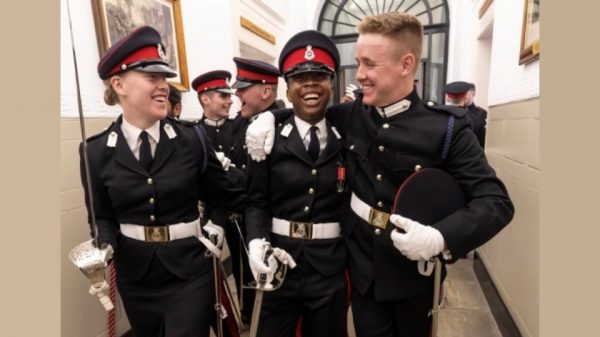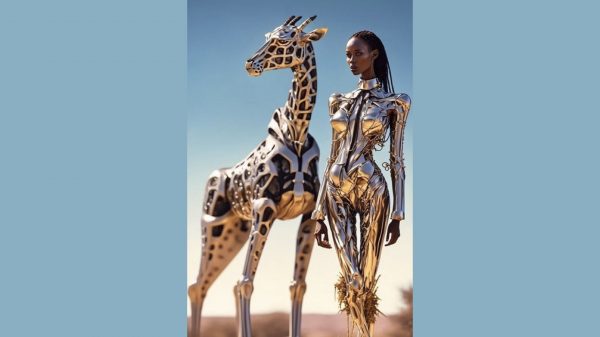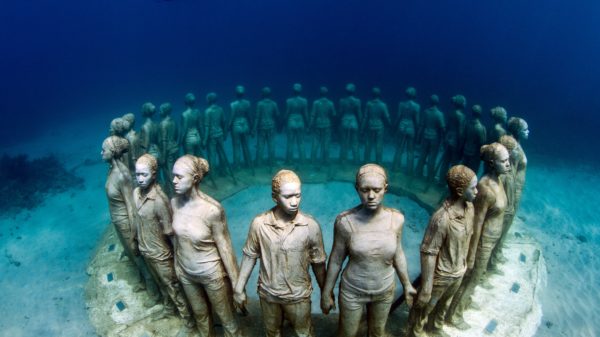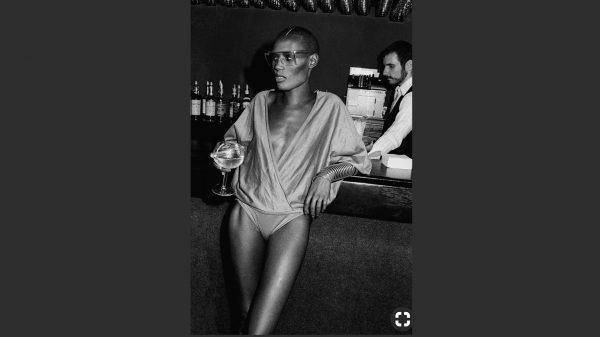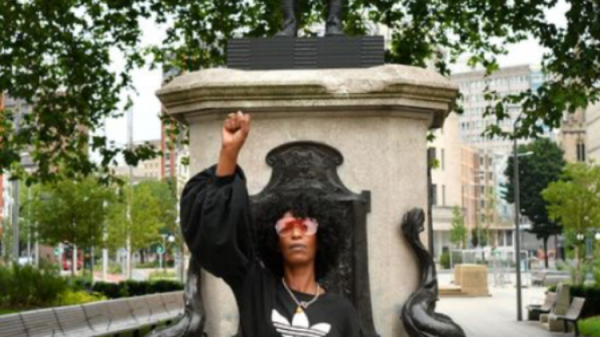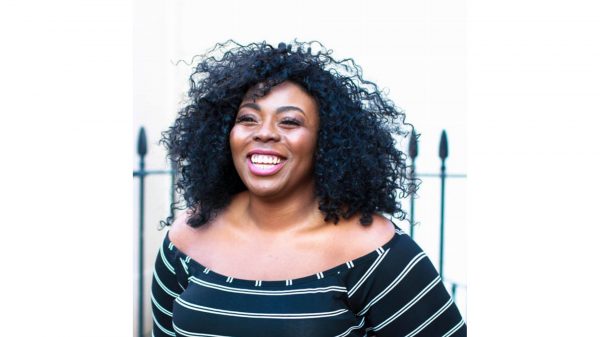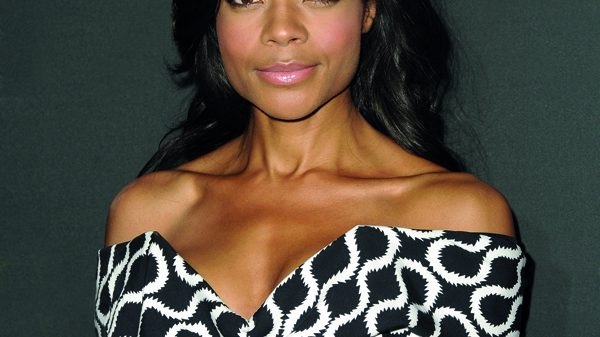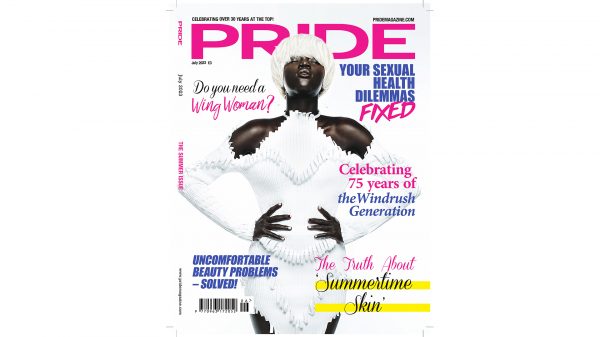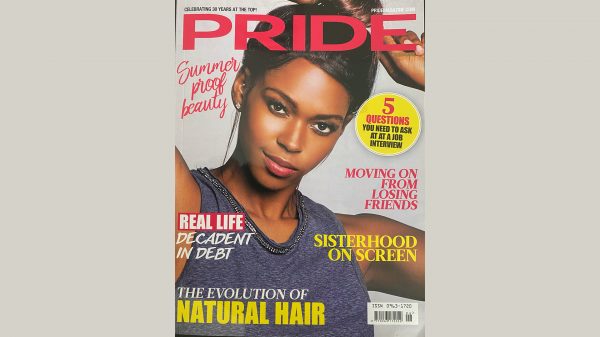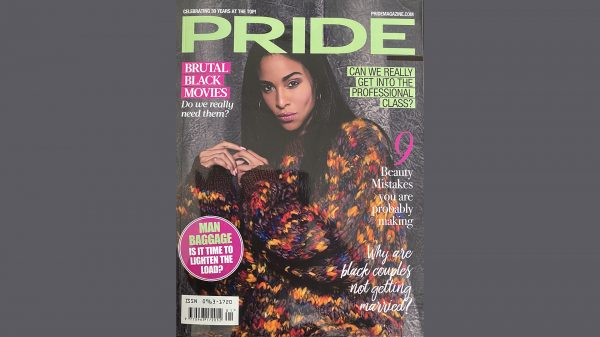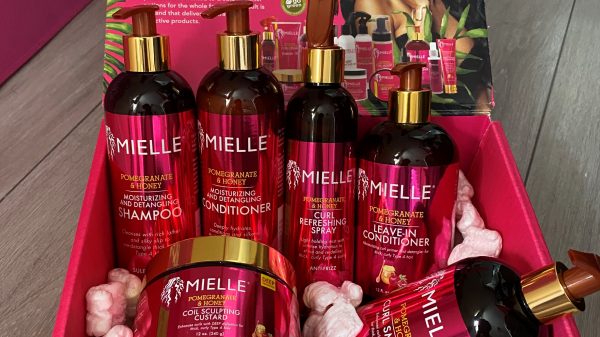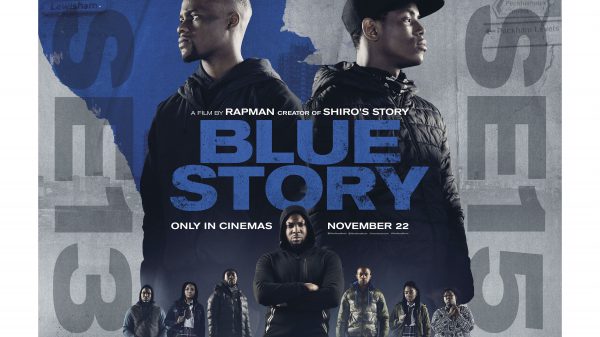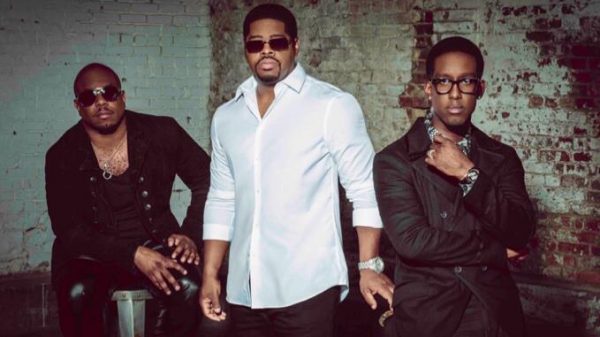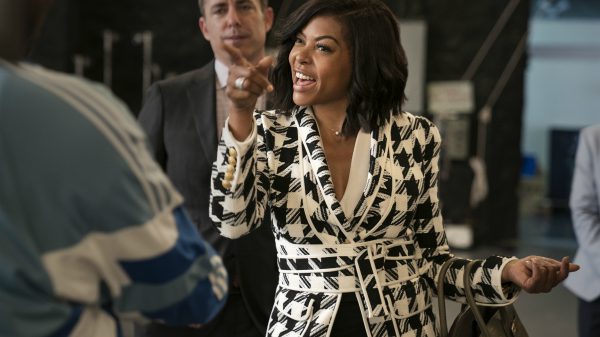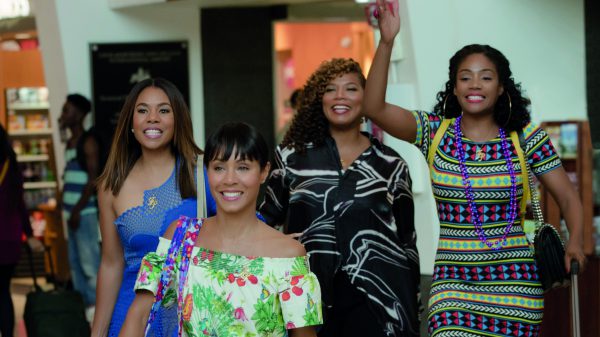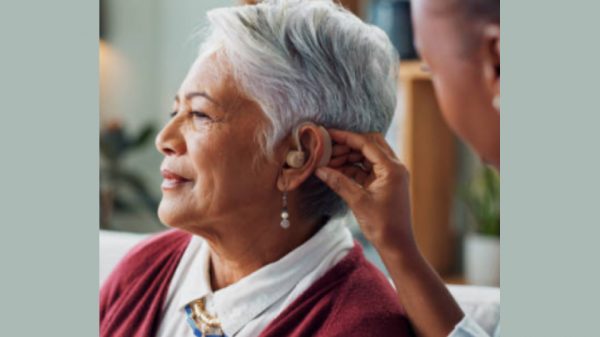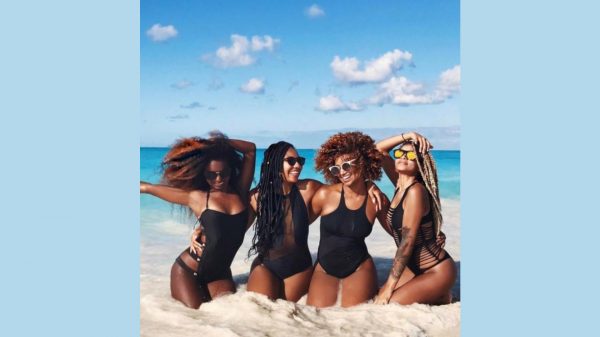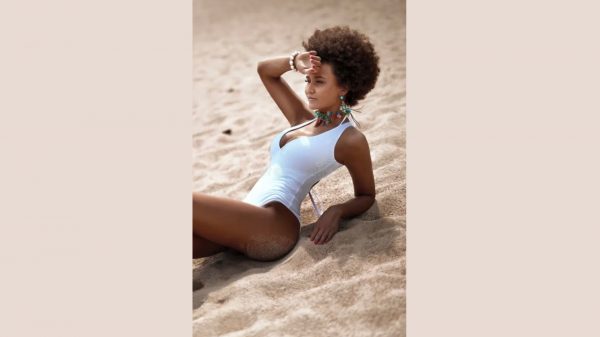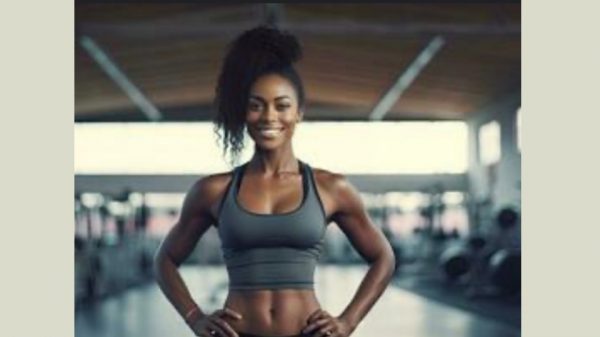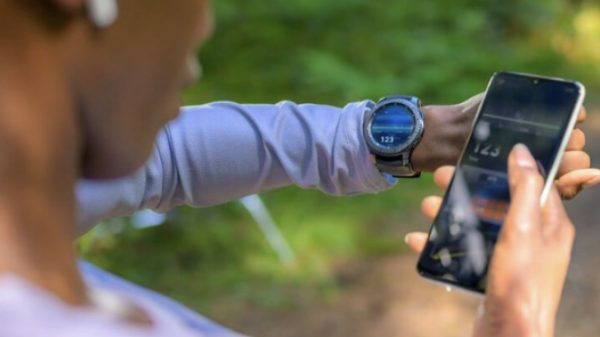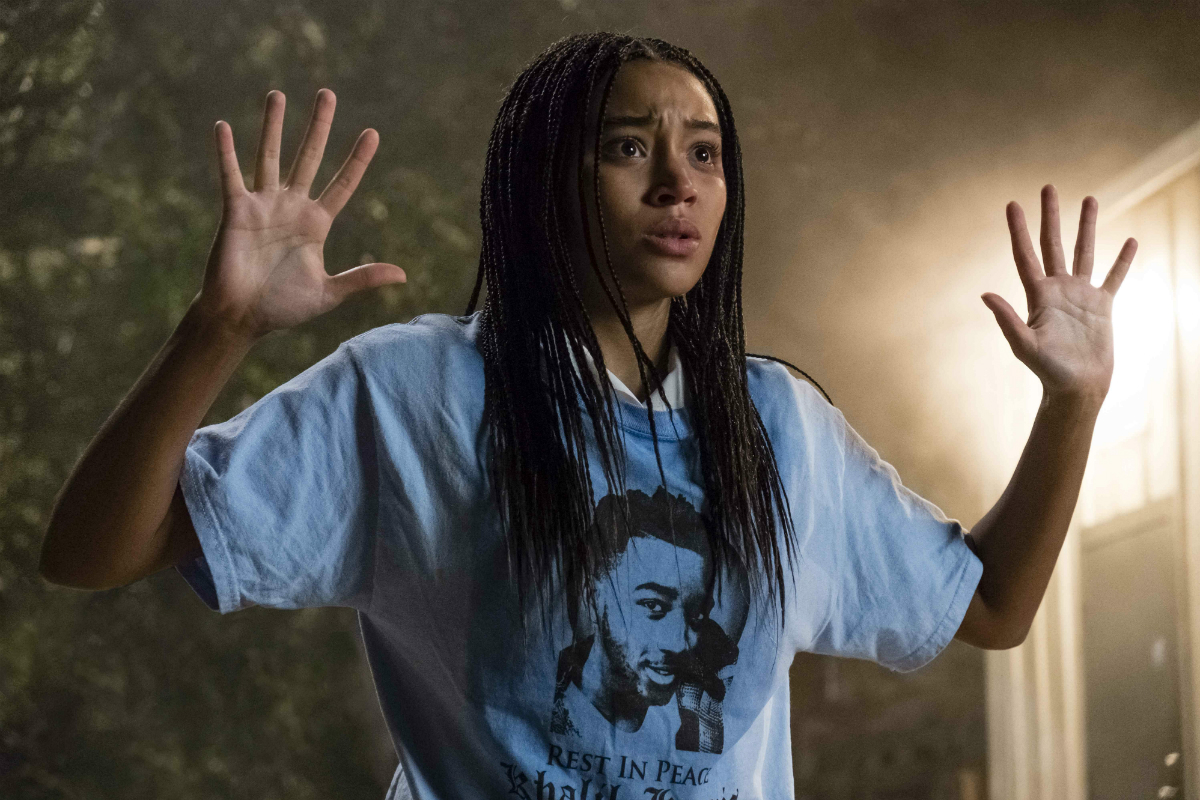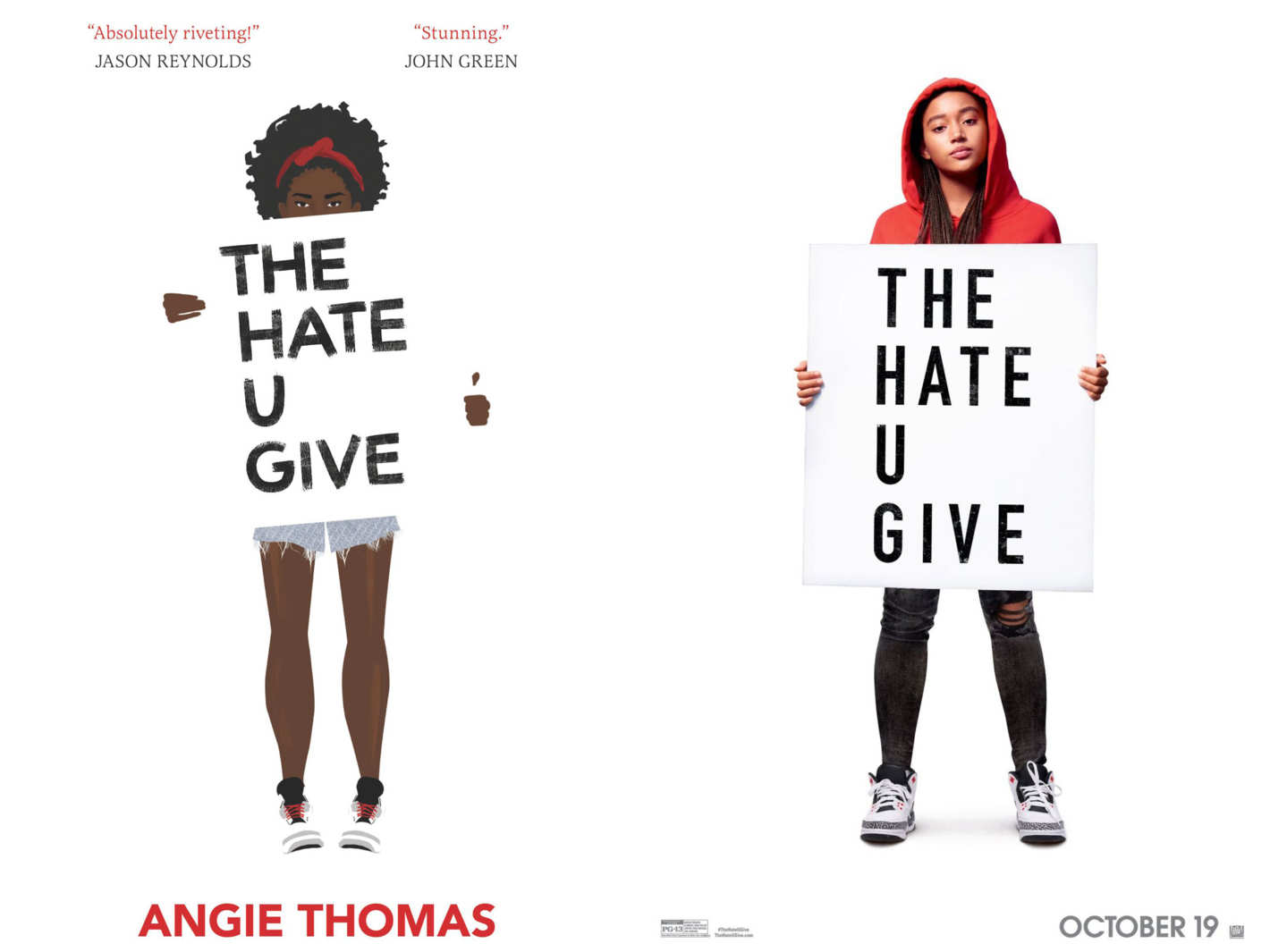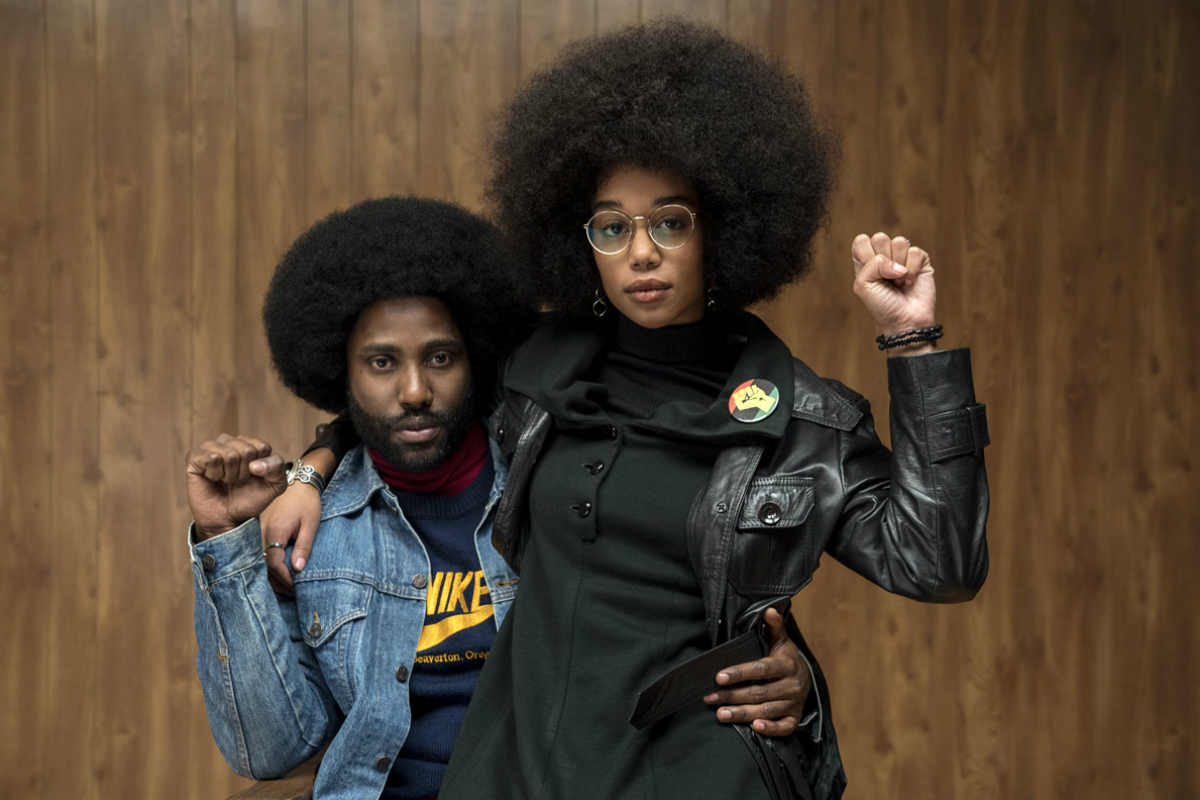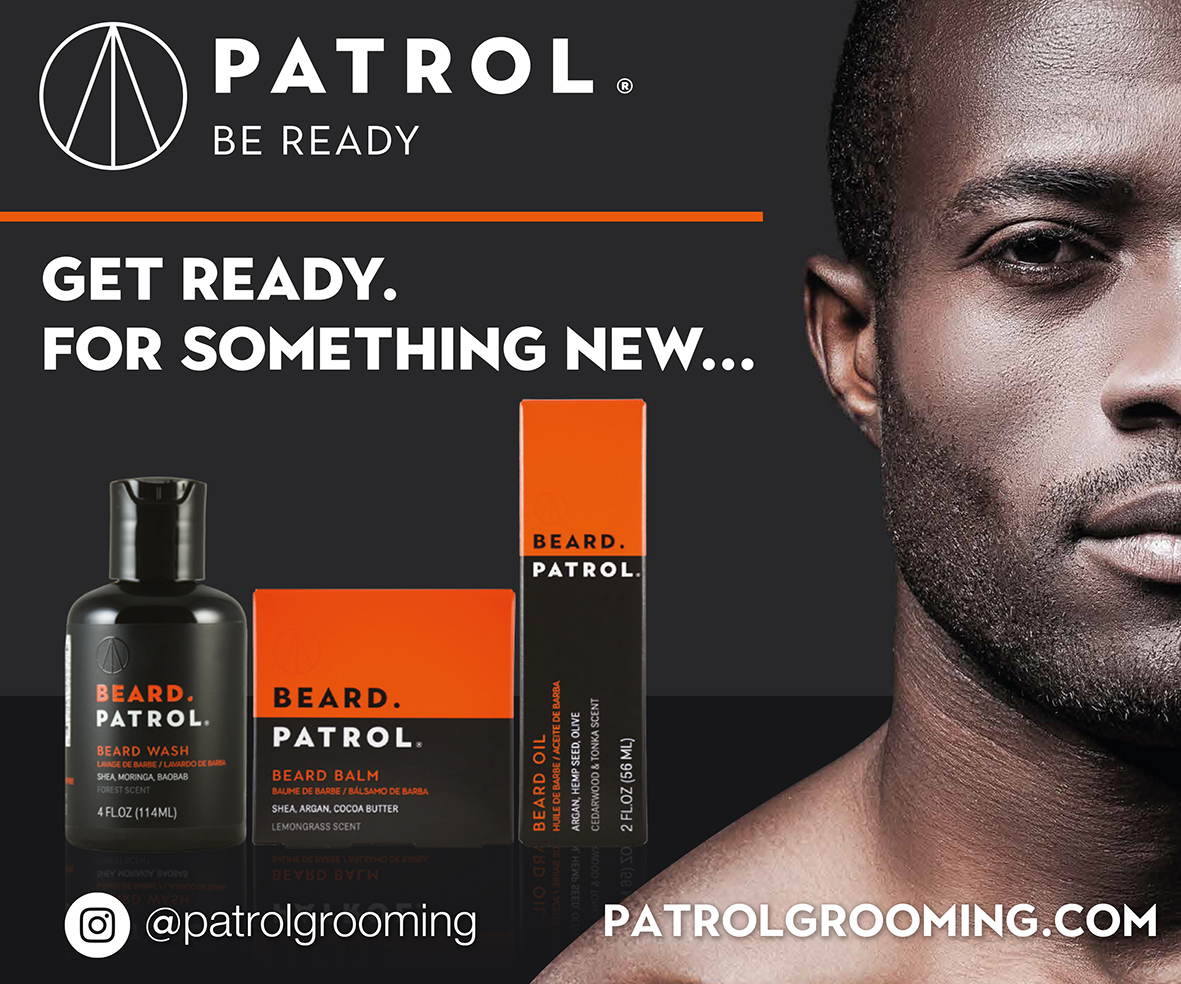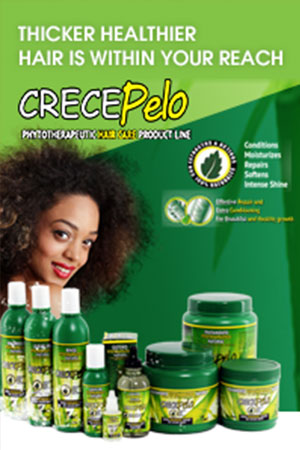New film The Hate U Give received some backlash for casting light-skinned actor Amandla Stenberg as the lead character. Now that the film is out in cinemas around the world, Nicole Vassell explores whether this is another example of Hollywood’s colour bias that disadvantages dark-skinned talent
If you’re bored of hearing the word ‘diversity’ as applied to the entertainment industry, it’s probably because over the past few years, there has been an active focus on making the cultural items we consume a lot less homogenous, and more representative of the many varieties of people who enjoy a trip to the cinema.
In other words, TV and film has been trying to inject more colour into its characters – and happily, this hasn’t been limited to adding in the one, under-developed black role to a majority-white cast. More than ever, we’re seeing black people and other people of colour having the opportunity to share their stories in a mainstream context, and in many cases, it’s a lucrative decision – both Black Panther (majority Black cast) and Crazy Rich Asians (majority East Asian cast) became two of 2018’s most financially successful films within days of their openings at the box office.
However, as much as we seem to be moving forward when it comes to giving Black stories and experiences their due on the big screen, there’s another issue of race representation that has yet to be fully paid attention to – and that’s to do with skin tone.
Colourism is no new discussion topic, as the privilege and preference given to lighter skin tones is a pressing issue in just about every ethnic community. However, while a lot of the fight has been about getting a foot in the door in the first place, colour bias discussion has fallen by the wayside, as it’s harder to call out the problems of casting directors continuously giving main roles to actors with lighter-complexions, especially the case with female roles, when people of colour aren’t being cast in the first place.
A recent film that has proven itself the breeding ground for a colourism debate is upcoming release, The Hate U Give. An adaptation of Angie Thomas’ debut bestselling novel about a young black girl and the events following the killing of her childhood friend by a trigger-happy police officer, it’s one of the year’s most anticipated films – and for good reason. It’s a brilliant story, rooted in the sad reality of police brutality, and told in a way that truly touches the audience.
However, when the casting of the project was first announced, it received some criticism for their choice of acting talent to portray Starr Carter – biracial actor Amandla Stenberg. Though casting Stenberg as Starr (who has two black parents) may have been a point of discussion in itself, a specific reason for some public annoyance is attributed to the fact that the first American book cover of The Hate U Give portrays a dark-skinned black girl with an afro holding a protest sign; Stenberg is several shades lighter. Of course, characters are more than the picture on the cover, but it is often the case that illustrations and depictions have a large effect on the reader’s perceptions of the character. In seeing a light-skinned person portraying someone many assumed to be darker, fans on social media saw Stenberg’s casting as an example of colourism at work – and continuing the practice of erasing dark-skinned black women from the entertainment sphere.
Debra Cartwright, the artist of the original THUG book cover, has openly stated some disappointment that the casting of Starr isn’t as close to her original depiction as she’d imagined, telling American culture platform Vulture that she ‘wasn’t exactly thrilled’ with the decision, in August 2018.
‘I was hoping it would be a very brown-skinned actress, because there’s so little opportunities in these big movies for darker-skinned actresses,’ Cartwright admitted. Though not disputing Stenberg’s talent, calling her a ‘great actress’, Cartwright also touched upon how readers might feel when seeing a character, described and depicted in one way, appear differently in the big-budget adaptation.
‘To see that the actress is not that description, that would annoy me as a reader, especially if I was a teen,’ she said. ‘If I saw that, as a teen, it would be very disheartening, a little damaging.’
And with this age of social media being at the disposal of everyone with a smartphone and an Internet connection, hundreds, if not thousands of people online wasted no time expressing this same disappointment – something that is sure to become a discussion point once more as the film’s release date gets closer. In Pride’s cover interview with Stenberg in August 2018, Amandla Stenberg addressed this backlash herself – expressing that she’s aware of and empathises with some audience members’ concerns, but also just how connected she felt to the character, due to her similar, true-life experience of attending school in a white, middle-class area while living in a less rich area.
In casting, the role should always go to the most talented person who auditions – and if Angie Thomas, the author, agrees that Stenberg was the right person for the role she created, it’s hard to dispute that. But this is worth exploring, nonetheless – if we don’t address these instances where black actresses only get to be the heroine when their skin tone doesn’t pass a certain point, we’ll never see change happen as immediately as it needs to.
Interestingly, a similar casting case can be seen in Spike Lee’s dramatic satire, BlacKkKlansman. In the film, the leader of the local university’s black resistance movement – and the major romantic interest – Patrice, is played by biracial actress Laura Harrier, while the only other black female character of note, student activist Odetta, is played by Damaris Lewis, who has skin significantly darker than Harrier’s. Though not necessarily the intention, in characterising the ‘disgruntled friend’ role in this manner, Lee’s film adds to the damaging canon of dark-skinned women being resigned to support and comedy positions, upholding the main story of the light-skinned lead. In The Hate U Give, characters Kenya and Iesha (played by Dominique Fishback and Karan Kendrick, respectively), are presented to be the more ‘ghetto’ and harsh characters compared to Starr and her mother (played by Regina Hall).
Too often are dark-skinned actresses sidelined to the roles of the sidekick, or the unsophisticated antagonist, if given the chance to appear in the project at all – which is part of why Black Panther having dark skinned actresses in major roles (Danai Gurira and Lupita Nyong’o, for example) was so notable, and highly-praised. In 2018, it shouldn’t be a shocker to see someone who resembles me in a leading role; able to love, cry, make mistakes, and have it be a focal point of the camera’s lens.
Interestingly, in both The Hate U Give and BlacKkKlansman, both Stenberg and Harrier play characters who are tasked with addressing racist practices in wider society, and leading the charge against prejudice. Unfortunately, I couldn’t help feeling that part of the decision in the films’ executives casting in this way comes out of a desire to have a more ‘acceptable’ face to deliver necessary truths – perhaps film bosses don’t have the faith that their message would come across as strongly when coming from the body of someone further away from the Western beauty ideal of light-skin and, in that, whiteness.
In Hollywood consistently giving chances to a limited number of light-skinned actors, it continues a cycle that excludes dark-skinned talent. The more chances we see an actor, or people who look like them, the more likely casting directors will have them in mind for projects in the future, and the more likely that audiences will be eager to see them. Additionally, this is not a conversation about who is ‘black enough’, and what makes a black person – this division is harmful to the wider conversation, and far be it from me to take away from someone’s personal identification of blackness. It’s just that when there’s an opportunity to tell the story of a black girl, it’s so important to be more diverse in showing black people, and other viewers, who is deserving of paying attention to.
There’s never been a time when we’ve been more media-saturated. With what we’re creating now, for the future, there’s an obligation to do better by black women. Showing the range that lies in our skin tones – and hair textures, and body types – can only be beneficial to everyone, and is a true example of diversity. It’s one thing acknowledging the vast presence of colourism in the industry; now is the time for action, and for actors and others pulling the strings behind casting to balance the scale, and to finally make use of opportunities to put darker-skinned actresses up front.

